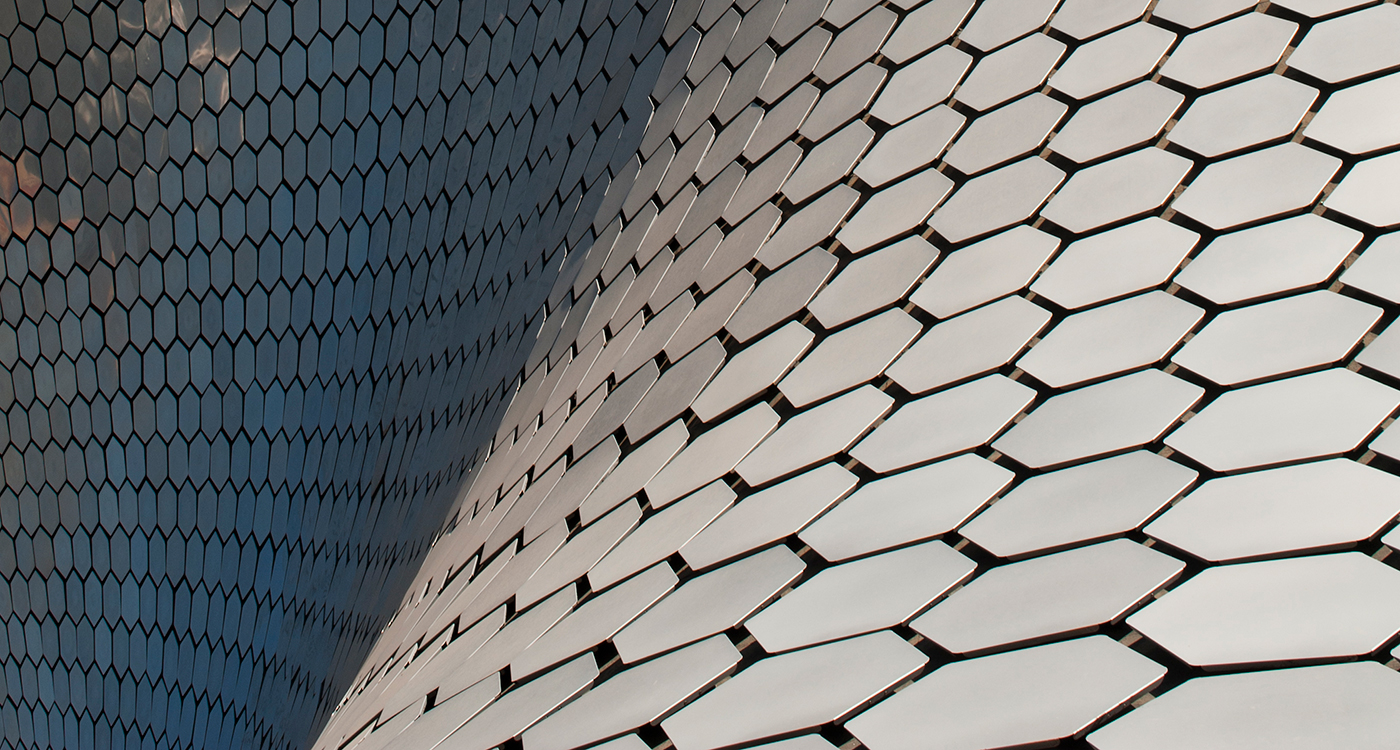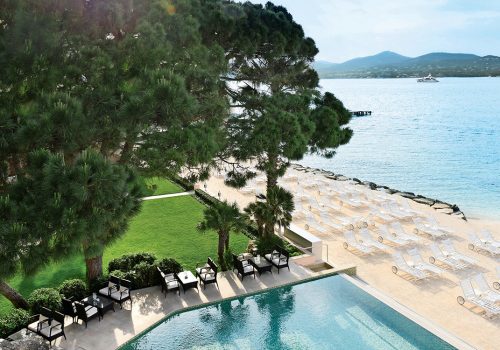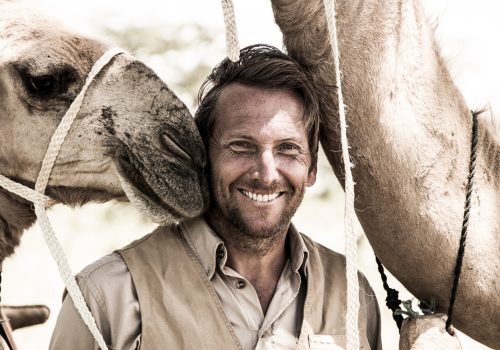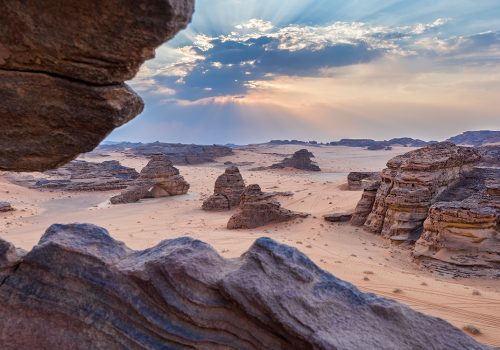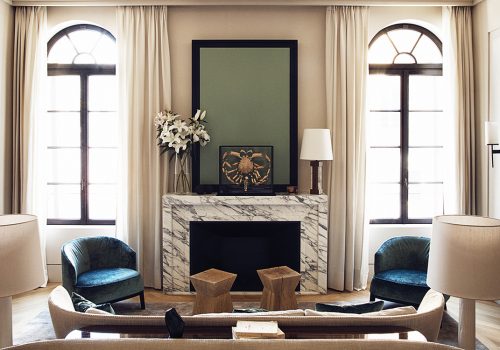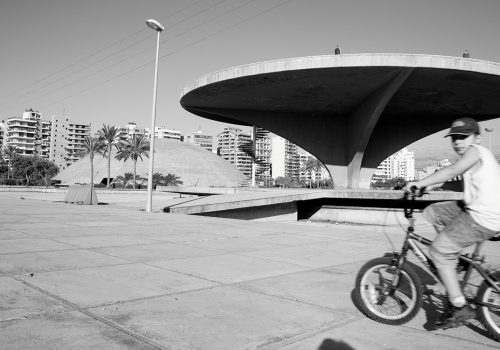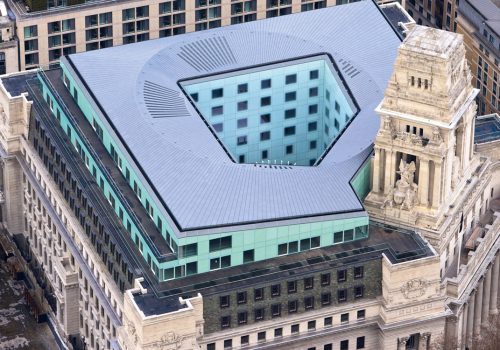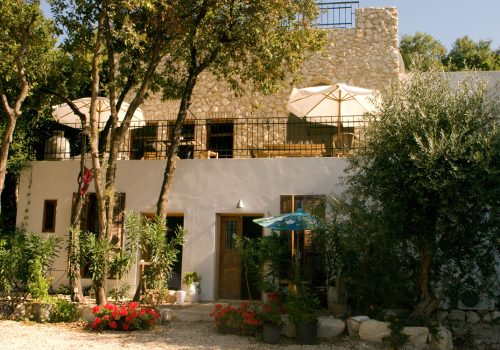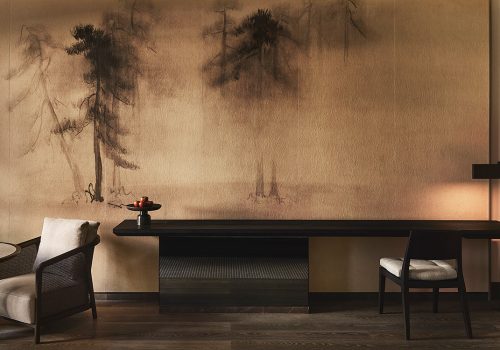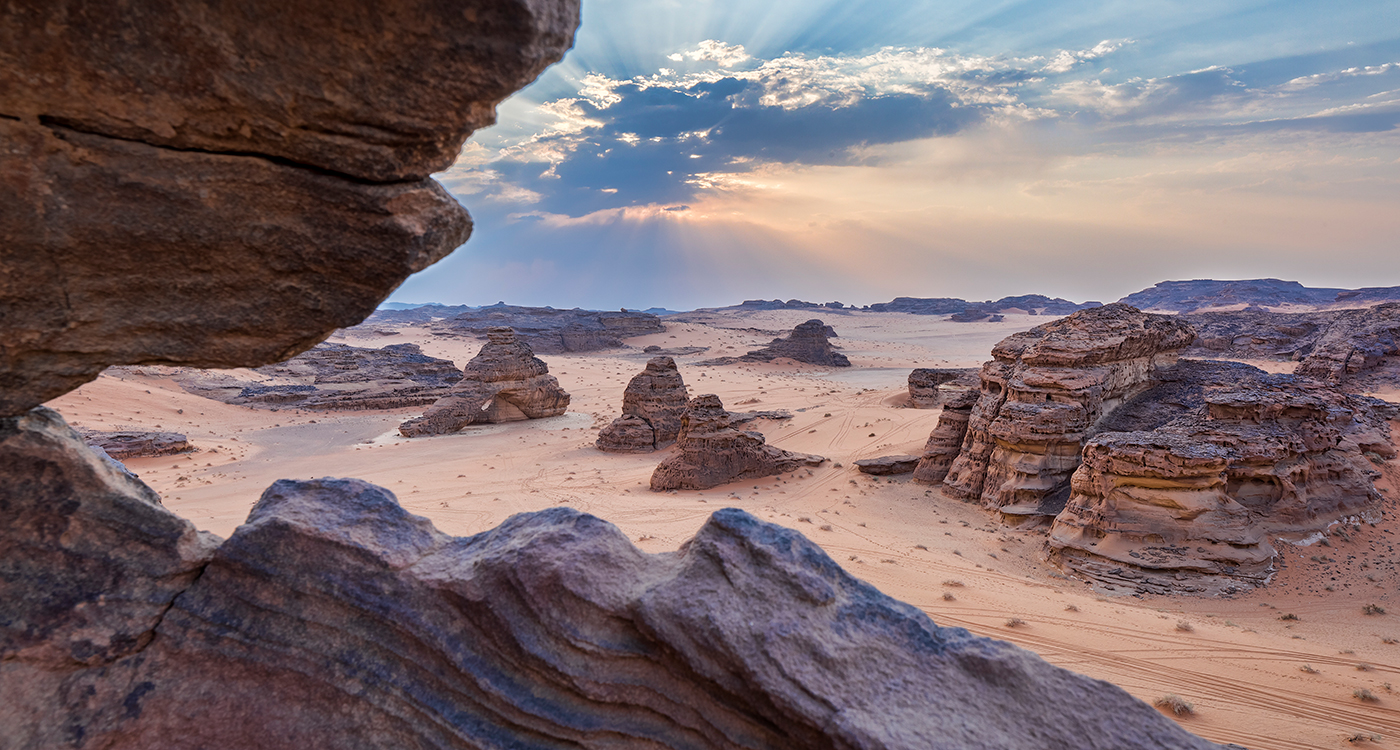It is not rare for billionaires to become philanthropists, art patrons or collectors at-large, but it is definitely uncommon for the well off to build museums showcasing their very own private collections. That is however exactly what the world’s richest man has gone and done. Not only that, but entrance to the Soumaya will be free, with the Carlos Slim Foundation underwriting all of the maintenance and mounting costs. Slim says that this museum represents his initiative to help enhance the “humanistic capital” of Mexico City, by bringing a first-class global art collection to those who cannot afford to travel and see them elsewhere.
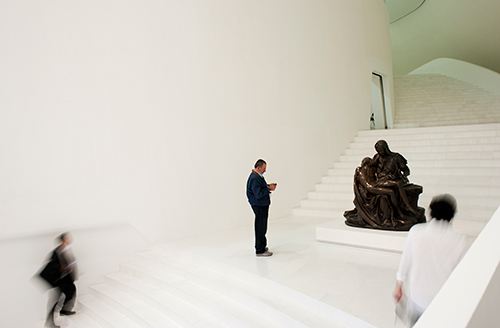
ABOVE: ‘Pietà’ by Michelangelo depicts the body of Jesus on the lap of his mother Mary after the Crucifixion.
It is now clear that besides amassing companies, Carlos Slim collects art, and lots of it. But he has never housed it all in one place. Apparently it was his wife, Soumaya Domit, who eased the tycoon into the arts and it was also her who, in 1994 (five years before she died of kidney failure), managed to convince him to establish a museum in which to showcase his wares. Therefore, it’s a fitting tribute that he posthumously named it after her.
Following a not unreasonable building cost of 70 million USD, the museum now has a location worthy of its contents. And it’s a blinding sight to say the least. The corset-like, windowless building is encased in 16,000 glimmering honeycomb-like hexagonal aluminium plates; its structure snakes 46 metres upwards, before it canopies out. People have likened it to a spaceship, a gigantic mushroom, a distorted hourglass, and even a twisted Rodin-like torso. Whatever it may be, it definitely carries with it a sense of grandeur.
Finished in late March of this year, the opening inauguration was an affair of much pomp, with guests including Mexican president Felipe Calderon, museum director, Alfonso Miranda, CNN star Larry King, and Nobel laureate Gabriel Garcia Marquez. At the opening, President Calderon stated that for the first time “Old masters of Mexico will be displayed alongside their European counterparts.” The Soumaya may not be Frank Gehry’s Guggenheim of Bilbao but it is arguably just as conspicuously unconventional. Like that Guggenheim, it’s also located in an industrial area: Polanco, Mexico City.
The architect who penned the Soumaya is Fernando Romero, and he tells Bespoke that “the Guggenheim in Bilbao represents the transformation of a city through a building. This is different as the city is already one of the most diverse and complex urban areas in the world. Soumaya has the potential to become a new destination in the city; having as many as 300,000 visitors in first 3 months proves that.” Romero did not just work with Dutch starchitect Rem Koolhaas on projects such as the Casa da Música in Porto, Portugal, when in his mid- 20s, or write five books on architecture, he was also recipient of several awards including the Mexican Society of Architects’ inaugural Young Architecture Award and the Bauhaus award. But this project will draw criticism due to the fact that he also happens to be Slim’s son-in-law. Funnily enough, his wife is also named Soumaya and not only that, she has also been in charge of managing the collection. “We are both really interested in art, so it is like having a fruitful conversation,” Romero admits wryly. Such is the nature of a true family business.
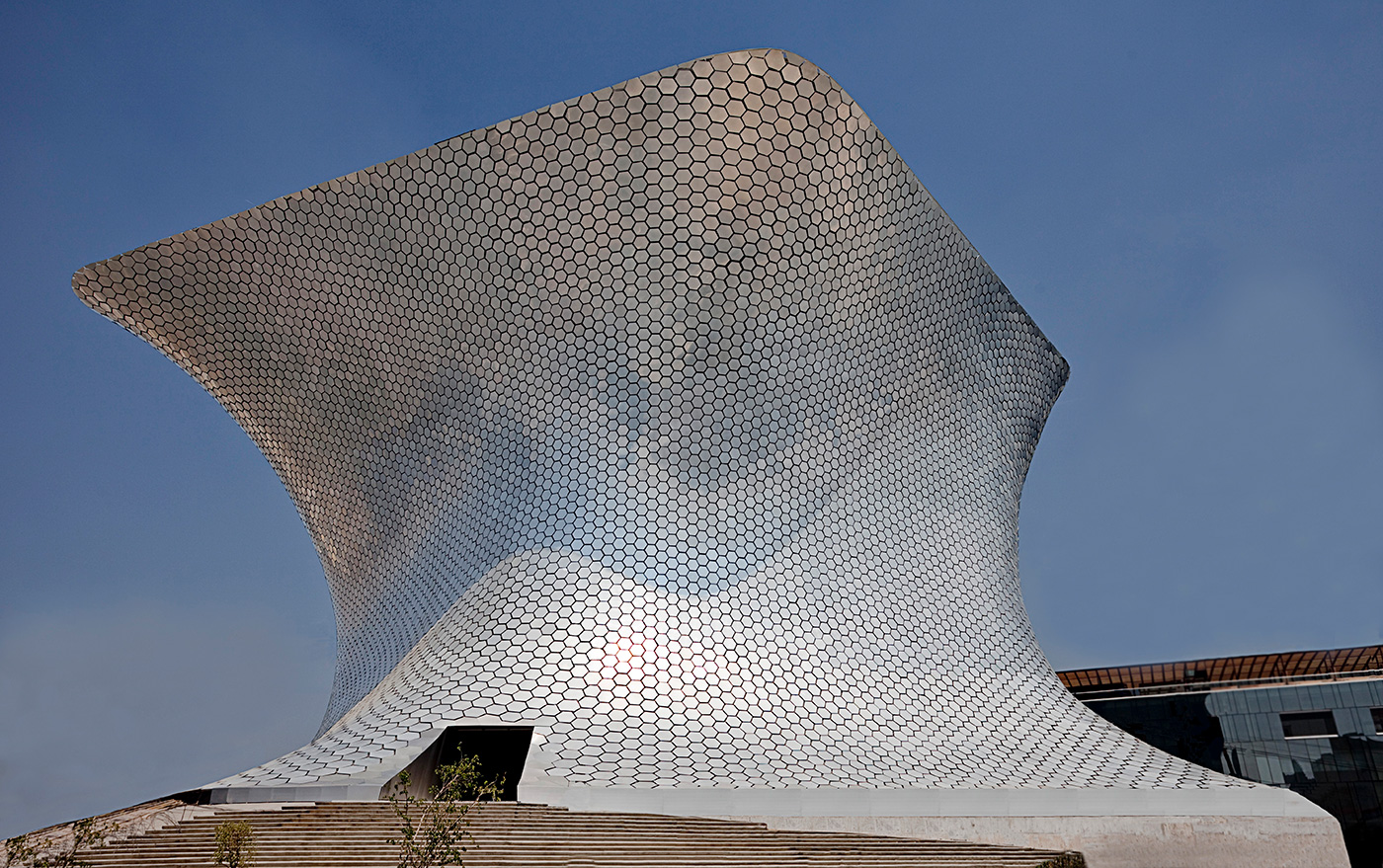
ABOVE: The Museo Soumaya’s exterior, designed by Fernando Romero, features a striking pattern of 16,000 aluminium hexagons. Its shape is described as being amorphous, meaning it is perceived differently from every angle. Inside, there are six floors offering a total of 6,000 square metres of exhibition space to accommodate 6,200 artworks.
When asked if nepotism was involved in his selection for the Soumaya, Romero shrewdly answers that, “Most architects do their best work when they are young.” And besides, his office, the Fernando Romero EnterprisE (FREE) was already recognised for cultural projects such as Warsaw’s Museum of Modern Art and the Seoul Performing Arts Centre. Certainly, the design of this museum was structurally challenging. According to a statement released by his practice, the exterior of this museum comprises “an organic and asymmetrical shape that is perceived differently by each visitor, while reflecting the diversity of the collection from the inside.” In order to guarantee the viability of his design, Romero collaborated with the Gehry Technologies (a Frank Gehry company), in addition to the engineering company Ove Arup, which was successful in its work on the Sydney Opera House and the Centre Pompidou in Paris. This strong team mastered the 3D aerospace design technology needed for its unbalanced configuration, which Romero claims is “connected to the asymmetry of Rodin… The façade is very contemporary but also very baroque and ornamental. It’s like a medieval dress,” he mentions. “Both life and architecture have a degree of simplexity, both simple and complex. Architecture operates between that duality.”
Whatever the case, the world’s richest man didn’t make his billions by spending frivolously. Where the architect initially preferred a translucent facade; Slim, who is an engineer by training, preferred aluminium made by one of his companies. Even Romero’s clever exoskeleton that stacked columns around the Soumaya’s exterior endured revisions by Slim, who asked that some of the steel columns run through the centre, thus making significant savings, even if those came at the expense of clear, structureless gallery floors. “All of the construction materials are local, and the museum was built with the aid of over 5,000 people from the country,” Romero explains. (And by the way, the vertical structural elements were also provided by Slim’s manufacturing companies.) Indeed, it is said that Carlos Slim told his son-in-law: “there are two architects on this project, you and me!” Romero emphasises, “It is an honour to work with someone like Slim. It was a complementary process and we have worked on several projects together for about a decade.”
Although Slim is recognised for living very simply, there is nothing humble about his house of art, which has been termed a vanity museum, with over 66,000 pieces of art spanning almost 10 centuries, valued at over 700 million USD and presented across 20,000-square-metres of exhibition space. Among the works on display – you are greeted with Rodin’s bronze and brooding ‘The Thinker’ near the entrance – Slim has 380 works of Rodin, laying claim to the largest collection outside of France – as well as works by European masters such as Leonardo da Vinci (with the most valuable in the whole collection said to be his ‘Madonna of the Yarnwinder’), Titian, Tintoretto, El Greco, Rubens, Van Dyck, Picasso, Renoir, Van Gogh, Matisse, and Dali. Add to that religious artifacts and archaeological treasures, including coins from Spanish viceroys, as well as pieces by Modigliani, Chagall, Ernst, Miro, and the list goes on. The art also boasts the last mural made by Mexico’s own Diego Rivera.
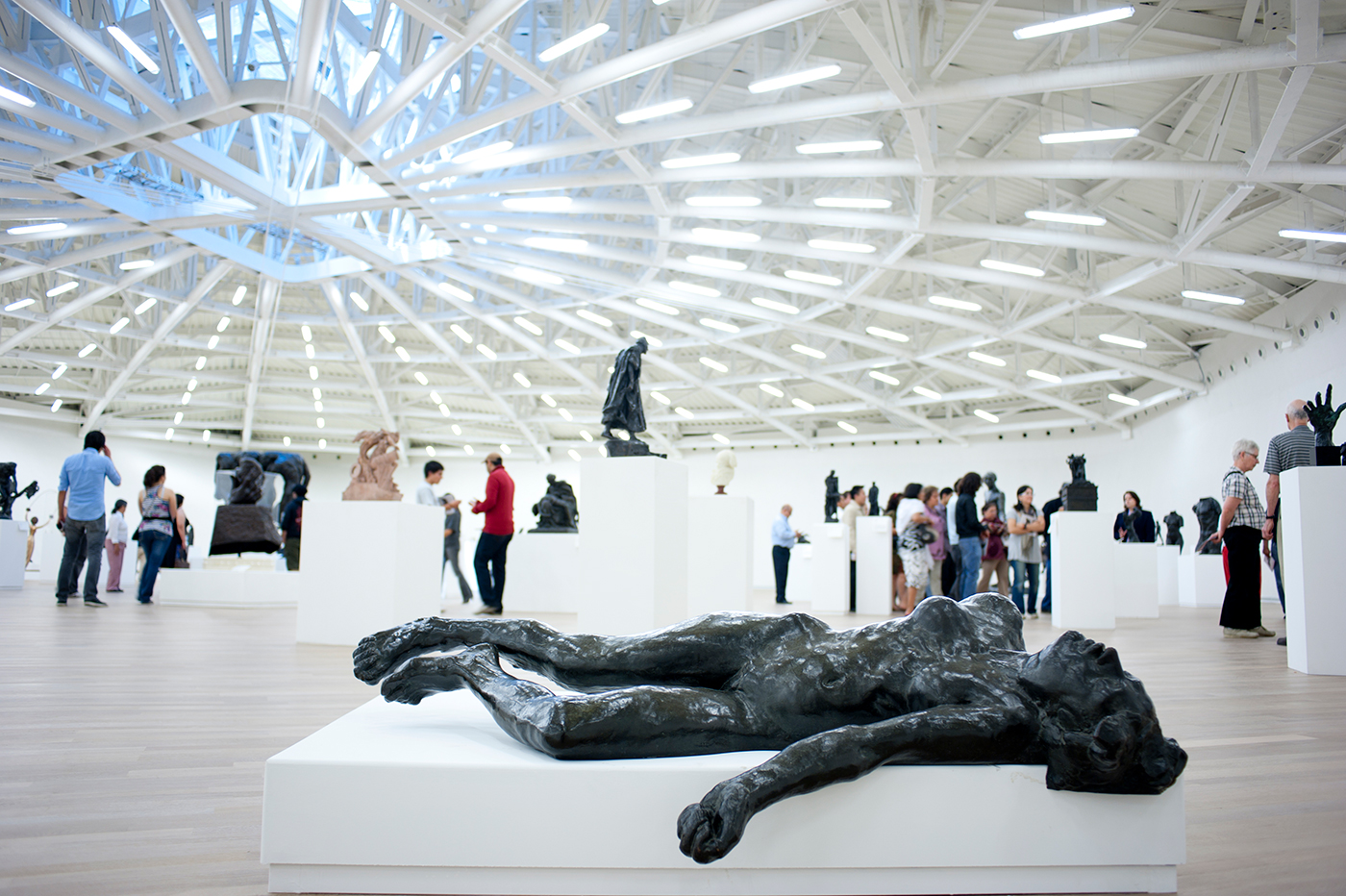
ABOVE: ‘The Martyr’ by Auguste Rodin depicts a young woman posed in an attitude of death: her supine body twisted, legs crumpled, head thrown back, and arms outflung. Slim’s collection of the French sculptor is one of the largest outside France.
You quickly realise that this is an eclectic collection so broad in its scope that the museum’s curators must find it a challenge to present it all as a homogenous whole. Director of the museum, Alfonso Miranda has described Slim as a curious collector and says that his museum does not solely contain one collection, “It’s a collection of collections. This is the vision of a man who isn’t just interested in one thing.”
In case you have not already heard, Carlos Slim, the man dousing Latin America with such world famous masterpieces actually hails from the Middle East. Slim’s father, Youssef, was a Lebanese immigrant who fled his country to escape enlisting in the Ottoman army. He changed his name to Julián and in 1911 established a store in Mexico City, ‘The Star of the East,’ modestly selling dry goods. Then when people started fleeing the country during the Mexican Revolution of 1910, Slim Sr. bought up a bunch of competitive businesses at rock-bottom prices. By the time the violence had subsided, the Slims were developing quite a family fortune.
Clearly Carlos learnt some valuable lessons from his father as in 1982, when Mexico’s president nationalised the country’s banks causing widespread fear of further expropriations. Slim Jr. was undeterred and acquired several companies at just 5 per cent of their value. He even did the same with his Rodin sculptures, buying them in the 1980s when they were negligible in value, especially compared to what they are worth at present.
But Carlos Slim is best acknowledged for telecommunications with Telcel (the Mexican branch of his wireless phone company America Movil), whose mobile phone rates are among the highest in the world. In reality, there are few sectors outside his commercial domination including banking, retail, construction, mining and drilling. He has gone as far as owning a considerable stake in the New York Times, announcing a 250 million USD investment in 2009. It is a common joke amongst Mexicans that Slim probably owns all the cacti in his country too.
Given this acquisition-prone behaviour, it comes as no surprise that Museo Soumaya is part of a large urban development complex, known as Plaza Carso, which encompasses condominium apartment blocks, a five-star hotel, a shopping mall, and office towers, as well as the headquarters for Slim’s conglomerate GrupoCarso. All this in a former industrial district that included General Motors and a tyre factory. However, regardless of Slim’s motivation, the opening of his museum is contributing to a cultural revitalisation. Eugenio Lopez, heir to Jumex, one of the largest beverage firms, has followed suit and is also showcasing his extensive art collection by building his own contemporary art museum nearby, to be designed by British architect David Chipperfield.
As a result not only is contemporary Mexican art now on the world map with artists such as Gabriel Orozco capturing the attention of the Tate Modern and the Museum of Modern Art, but the world-class cities of Latin America, for so long bereft of the calibre of museum that anchors so many cosmopolitan destinations, now have reason to hold their heads high. Most fitting to Carlos Slim’s core belief that “we have to find means for all desirable things to be universally accessible.


